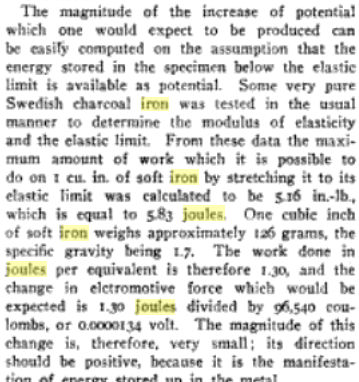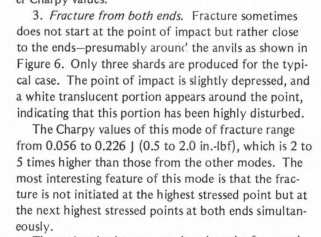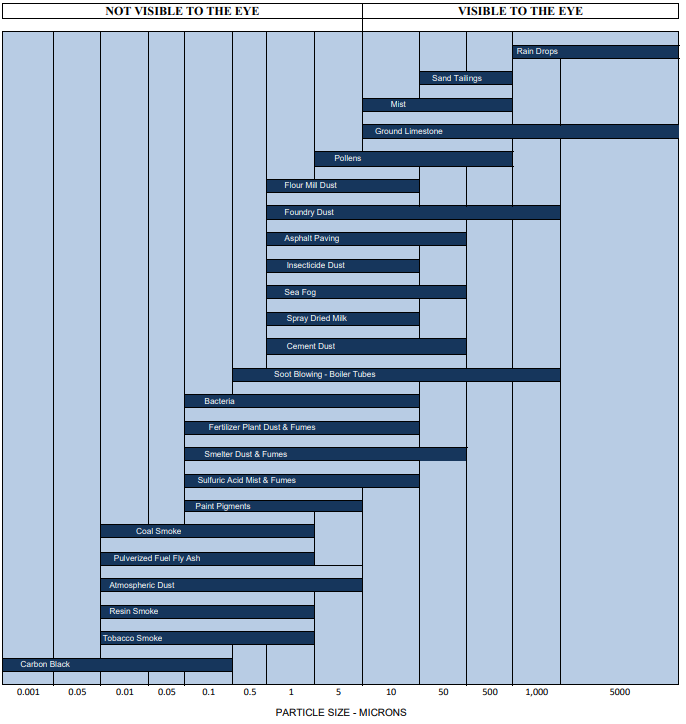This blog post is meant to be a reference for how much energy it takes to destroy materials such as rock, metals or some other material I haven’t thought of yet. There are various ways to go about destroying something.
A Note on how lots of people do this incorrectly…
I have seen some wildly incorrect ideas on how much energy it takes to destroy various materials on versus forums and the Internet in general, so I want to stamp out those wrong assumptions right now. At some point in time, people started believing that finding the shear strength of a material would lead to finding the total energy of, say, an explosive attack that destroyed some rock. Because you can actually convert pressure (Which the various strengths of materials are measured in) to j/cc (Joules per cubic centimeter). However, this is the pressure required to cut something, not destroy it. Shearing something is cutting it. That’s why we have a tool that, you guessed it! Cuts things! And they’re called shears. What we look at most of the time when it comes to destroying rocks is compressive strength. When a material like rock is being broken down into smaller pieces, it has been compressed, it’s as simple as that.
If you don’t believe me, read up.
But I have seen people wildly misuse compressive strength as well. Some people seem to believe that using a rock’s compressive strength, for instance, you can see what it takes for rock to be ground up into a fine powder (AKA pulverization or spalling). If you read the link above, you’ll also find that this is incorrect. Compressive strength only tells us the maximum pressure a material can take before it fractures or fails in some way. It takes much, much more pressure and energy to convert a material to powder than it does to merely fracture it.
Finally, and most importantly, I want to note that things like compressive, shear, and tensile strength do not take into account impacts on materials. The tests to find these strengths slowly but surely apply the pressure on the material until it breaks. There is a huge difference in someone punching a piece of wood and trying to crush it without the help of an impact. Read up on impact loading for more info, but the short of it as that in most cases, knowing the compressive strength of a material won’t come in much handy. Not unless the feat we’re measuring is of a character slowly crushing something. The impact MUST be factored in, because it’s a lot tougher to crush something slowly than it is to do it with a high impact attack! Think of it this way. Which is harder? Damaging something by throwing a baseball at it, or damaging something by slowly pressing a baseball into it? The answer is obvious.
Fracturing/Fragmentation
This produces visible breaks in the rock or whatever material is being destroyed and converting it into smaller substances. It always depends on the size of what’s being destroyed, but as long as it’s broken up into noticeable fragments, it can be considered fragmentation at the bare minimum.
Fragmentation of Rock is about 8 J/cc, per SD.net’s asteroid destruction calculator.
Fragmentation of iron has been found to be 5.83 Joules/in^3 or 96 J/cc.
From the book “The Engineering Record, Building Record and the Sanitary Engineer, Volume 56”:

Ice has a fracture energy of .045 J/cc. Via this source:


1 * 1 * 5 = 5 cm
.226 / 5 = .045 J/cc
Explosive Fragmentation
Fragmentation merely breaks the rock into a bunch of pieces, but what about when the rock goes flying around?
Using this as a reference, we find that fracturing rock with explosives requires 15-20 joules/cc. I feel this is a good representation of most destructive anime/manga attacks.
Cratering/Violent Fragmentation
When a meteor hits the ground, it does several things at once: Vaporizes, melts, and fractures. The result is a huge mixed bag that none of the other definitions take into account. On some of the old forums I used to frequent, we called this “Violent Fragmentation”. Essentially rock is smashed so hard and with such energy that it flies very far, all over the place. Usually resulting in a large crater of sorts.
To figure out a number for this, I decided to use a real-life example. The Sedan Crater.
A 104 Kiloton Detonation in the ground created a violent explosion which combined everything mentioned above (melting, vaporizing, fracturing). The total amount of rock destroyed by the impact was around 5,000,000 m^3. Using these figures, we can get a j/cc amount easily.
5,000,000 m^3 = 5,000,000,000,000 cm^3
104 Kilotons of tnt = 435,136,000,000,000 J
J/cc is pretty explanatory!
435,136,000,000,000 / 5,000,000,000,000 = 87.027 J/cc
For the sake of simplicity, I’ll likely be rounding this to 87 J/cc when I use it for rock.
Cutting
Finding figures for cutting materials is tricky. Once again I must remind you not to fall into the trap of looking at a material’s shear strength, because that does not account for impacts. Impact cutting (Like a sword swing) accounts for most manga cutting feats, so we need to find something more specific. Here is what I have found so far.
Cutting of stone can be a range of different power requirements, but in most cases, at a minimum for something that instantly slices through stone, 727 J/cc is the bare minimum.

At this time, for non-rock/stone cutting that happens in an instant, I’m treating it as vaporization of that material on a small scale. This is because in real-life, vaporization of a material is the fastest way to cut it, and in these manga feats, most of the time it happens quickly.
Pulverizing
This is the act of crushing the material to the point where it is nothing but powder. If rocks, for instance, turn into nothing but a bunch of dust, this is pulverization. The powder/dust is important here. In anime and manga especially, I’ve never believed in just assuming something was pulverized because there’s no wreckage to be found from the damage. We’re dealing with magical explosions here, let’s not forget that. We are assuming they act exactly like explosions, or meteor impacts, or whatever, right? Well, it should be reflected, or at least stated in some way.
This one was incredibly hard to find sources on. As I mentioned before, others have incorrectly assumed that the compressive strength of a material leads to the results of what it takes to pulverize it. However, it turns out that’s only a small piece of the puzzle. In most anime/manga feats where converting material to dust is involved, it’s visible to the viewer that there’s some sort of haze. However, sometimes we’re told something has been pulverized and don’t see it. What I have recently found is that what the human eye can see depends on the size of the particle in microns. Anything below 10 microns in size will not be visible, while anything above will be. For this reason, I’ll be using the chart in the link above as my guide to how ground up a material has become.

The good news is that there’s the Kuznetsov Equation, which can determine the amount of energy required to break materials down into certain sizes. I’ve been looking for something like this for some time now.
The equation is as follows:

k50= A(V/Q)^0.8 * Q^1/6


We can plug the numbers into this equation to find out how much kg of tnt is required for annihilating something into powder.
For example, let’s say a 5 m^3 rock was pulverized into the smallest we know of for limestone: 10 microns (As shown above) which is .001 cm. We’ll make A equal to 7 and assume this is a medium hardness rock.
.001 = 7(5/Q)^0.8 * Q^1/6
Q = 8,997,400 Kg of Tnt or almost 9 kilotons
This might seem extreme, but I also used the smallest possible micron level that the human eye can perceive on its own. The results vary greatly depending on the average size fragmented. For instance, if I did a still very tiny fragment size of 1 cm, the result becomes about 165 Kg of Tnt!
It seems to me that I’ll have to use close comparisons to real-life micron sizes in the case that I use pulverization, because it can really affect the results. Even still, I’m thankful to have found this formula.
Melting
Well this one is self-explanatory. If the material melts, it’s even more impressive than pulverizing something and takes lots of energy. It means the material has phased from a solid to a liquid.
Vaporization
Vaporization is, like melting, heat-based. But the difference here is that it takes things a step further in the phase conversion, making the material go from a solid to a gas. It takes a lot of heat energy to do this.
How will we get our figures?
A good question. In engineering and physics, materials are always given values (Based on extensive testing) for how much it can take before it fails, gets crushed, or has its’ phase converted.




